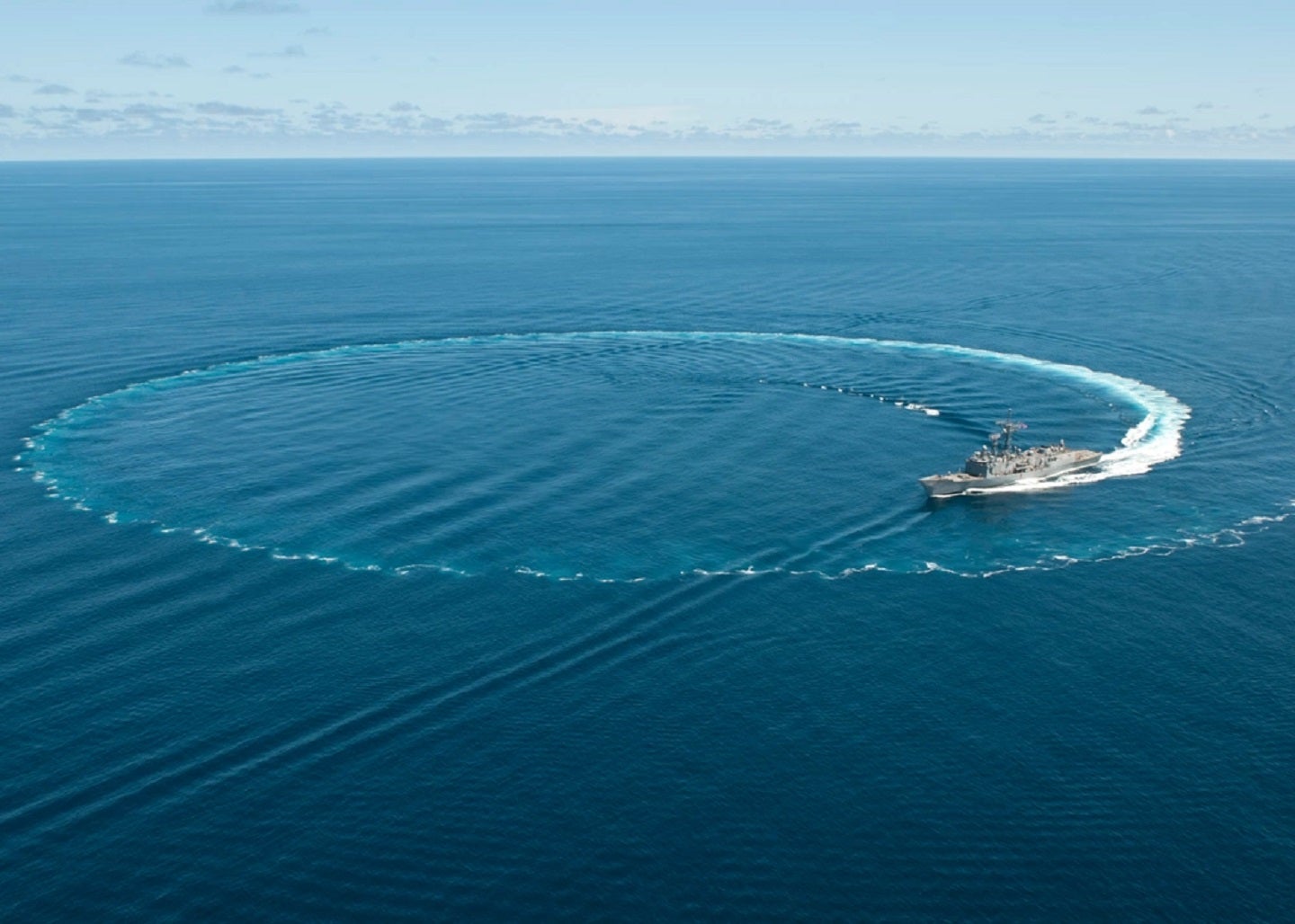
Taiwan continues to ramp up its modernisation efforts in its air and maritime domains. This has left defence spending to increase at a compound annual growth rate (CAGR) of 4.6% through to 2028 according to GlobalData, a leading data and analytics company. This will see spending reach $20.8bn by 2028.
GlobalData’s latest report Taiwan Defence Market Size and Trends, Budget Allocation, Regulations, Key Acquisitions, Competitive Landscape and Forecast, 2023-28 reveals that Taiwanese defence expenditure, inclusive of the additional special budget, increased from $15.3bn in 2022 to $19.9bn in 2023, reflecting a 30.3% CAGR. The continuous annual increase in the defence budget is attributed to the necessity to fund significant acquisition programmes for the Taiwanese defence industry.
New programmes
In October 2019, Taiwan approved the procurement of F-16V fighter jets and has planned to spend T$247.2bn on this acquisition from 2020 to 2026. The delivery of these aircraft is scheduled to take place between 2023 and 2028, with T$45.1bn budgeted for the programme in 2023.
GlobalData Defence Analyst Rouble Sharma comments: “Taiwan is working with its closest ally, the US, to enhance its military capabilities. The procurement of F-16s and missile defence systems such as the Patriot Advanced Capability-3 (PAC-3) will provide strategic benefits for Taiwan’s national defence while potentially boosting the defence industry through increased production and technology transfer.”
Additionally, Taiwan is focusing on upgrading its naval capabilities. In recent years, it has purchased several warships, including Perry-class frigates, Oliver Hazard Perry-class guided-missile frigates, and most recently, M1A2T Abrams tanks, from the US. Taiwan has also launched its own indigenous submarine programme to strengthen its undersea warfare capabilities.
Sharma concludes: “Taiwan is increasing its naval training and cooperation with other countries, particularly the US, Japan, and Australia, to enhance its operational readiness and to better respond to potential threats.
How well do you really know your competitors?
Access the most comprehensive Company Profiles on the market, powered by GlobalData. Save hours of research. Gain competitive edge.

Thank you!
Your download email will arrive shortly
Not ready to buy yet? Download a free sample
We are confident about the unique quality of our Company Profiles. However, we want you to make the most beneficial decision for your business, so we offer a free sample that you can download by submitting the below form
By GlobalData“The country is also improving its coastal surveillance and early warning capabilities to detect and respond to any potential hostile activity in its waters. Overall, these investments aim to enhance Taiwan’s military capabilities to protect its sovereignty and territorial integrity in the face of potential threats”.
The wider PR war
Taiwan’s alliance with the coalition of US allies and partners positions the island country well for an imminent conflict with the PRC, which is also bolstering their own military capabilities – such as the recent launch of its new Type 052D destroyers.
However, as the People’s Republic of China (PRC) follows closely behind the United States (US) in its modern military capability the PRC continues to consolidate by other means while contesting militarily with the US.
The PRC has already surpassed the US as the number one trade partner with countries across Latin America. Honduras has become the latest economic satellite to join the PRC’s Belt and Road Initiative (BRI), a global infrastructure development strategy that coaxes poor countries into the country’s political orbit through debt. The Latin American country has recently subscribed to the ‘one-China’ narrative as the PRC seek to control the autonomous island of Taiwan.
So, while Taiwan’s military spending increases as the country prepares for a nearing air and naval conflict in the South China Sea, the country is simultaneously losing the PR war for legitimacy as its sees the number of allies and partners shrink on the world stage.
While ships and jets with the latest and greatest capabilities will serve them well in their protectionist foreign policy against the malign encroachment of the PRC, the latter is making efforts to justify the imminent conflict.






